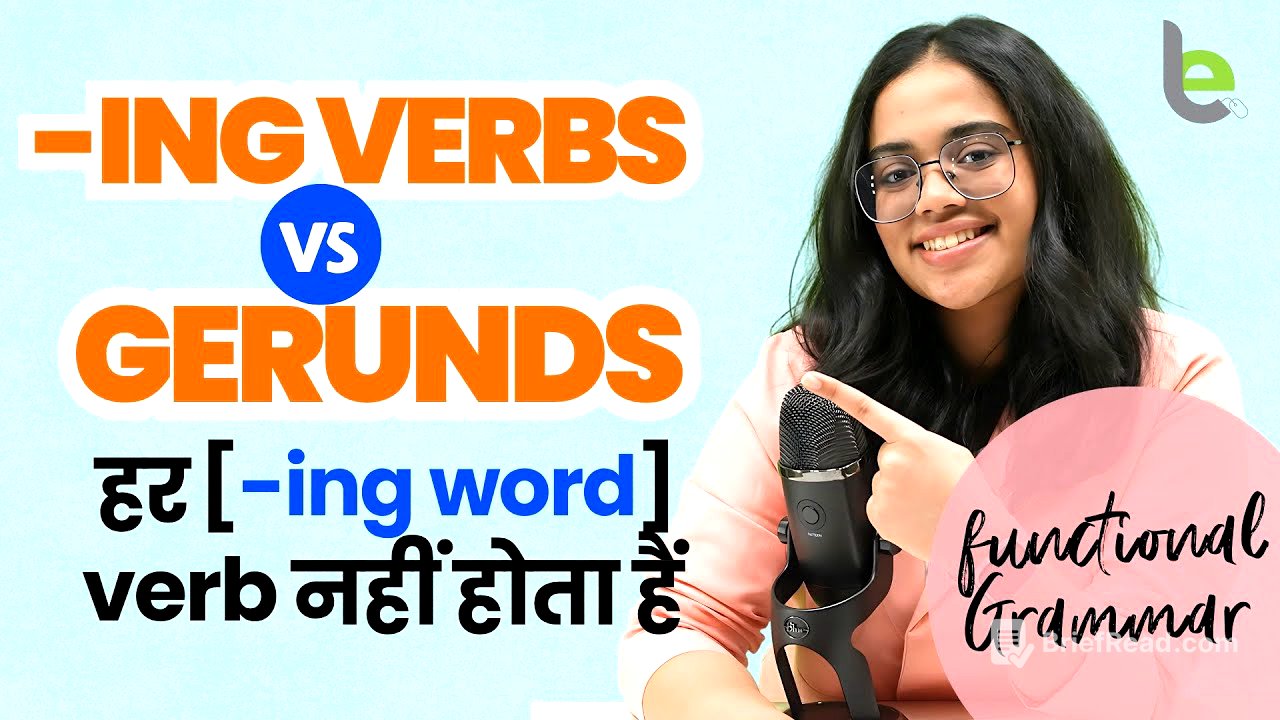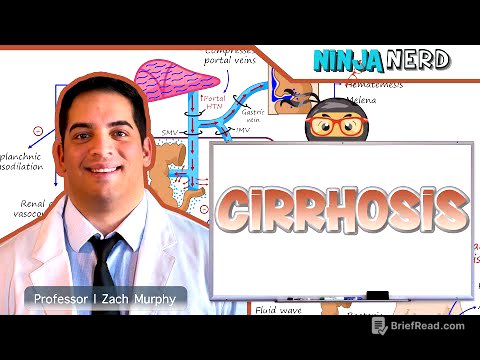TLDR;
This lesson explains what gerunds are, how they are used, and common mistakes to avoid. Gerunds are verb forms ending in "-ing" that function as nouns. They can be used as subjects, after prepositions, after certain verbs and expressions, and as objects of prepositions. The lesson also highlights the difference between gerunds and present continuous verbs.
- Gerunds are verb forms ending in "-ing" that function as nouns.
- Gerunds can be used as subjects, after prepositions, after certain verbs and expressions, and as objects of prepositions.
- It's important not to confuse gerunds with present continuous verbs.
What is a gerund? [0:10]
The lesson begins by addressing the confusion between gerunds and present continuous verbs, using the example of "cooking" in two sentences: "I am cooking dinner" and "Cooking is my passion." In the first sentence, "cooking" is a verb in the present continuous form, while in the second, it is a gerund acting as the subject of the sentence. A gerund is a combination of a verb and "ing" that functions as a noun. For example, "swimming is good for health," where "swimming" is an activity and the subject of the sentence.
Gerund Vs ing verbs [0:40]
Gerunds look like verbs but behave like nouns. For instance, in the sentence "Swimming is good for health," swimming is an activity that acts as the subject. Similarly, in "Reading keeps your mind sharp," reading functions as the subject. Another example is "Listening to music relaxes me," where listening is a noun. Also, "Learning new skills is important," where learning is the subject.
5 Ways to use gerunds. [2:38]
Gerunds are used in five common situations. First, as the subject of a sentence, such as "Dancing makes me happy," where dancing is an activity working as the subject. Another example is "Reading improves your vocabulary," where reading also works as a subject.
When to use gerunds? [3:00]
The second use of gerunds is after prepositions. For example, "I am good at singing," where "at" is a preposition followed by the gerund "singing." Similarly, "She is afraid of feeling" and "He is afraid of defeat" use "of" as a preposition followed by a gerund. After prepositions, the "-ing" form of the verb, i.e., the gerund, is always used. The third use of gerunds is after certain verbs like enjoy, avoid, finish, suggest, keep, mind, and consider. These verbs are always followed by a gerund. For instance, "I enjoy dancing at weddings," "She avoids talking to strangers," and "I finished cleaning the house before dinner." Other examples include "I suggest taking a break," "He keeps asking silly questions," "Do you mind opening the window?" and "I am considering joining the new course."
Gerunds are also used after certain expressions or phrases like "be busy," "it's no use," "can't help," and "look forward to." For example, "We were busy cleaning the house all day," "It's no use arguing with him," "I can't help laughing at that joke," and "I look forward to meeting you soon." A common mistake is to say "I look forward to meet you," which is incorrect; the correct form is "I look forward to meeting you." The final use of gerunds is as an object after prepositions, following the structure verb + preposition + gerund. For example, "She is interested in learning English," where "interested" is the verb, "in" is the preposition, and "learning" is the gerund. Other examples include "He apologized for being late" and "Thinking of going to Goa."
English grammar quiz [7:00]
The lesson concludes by asking viewers to identify the verb, preposition, and gerund in the sentence "He is afraid of speaking in public" in the comments. It also reiterates not to confuse "-ing" verbs and gerunds, noting that "-ing" verbs come in the continuous tense and act as gerunds or objects.









